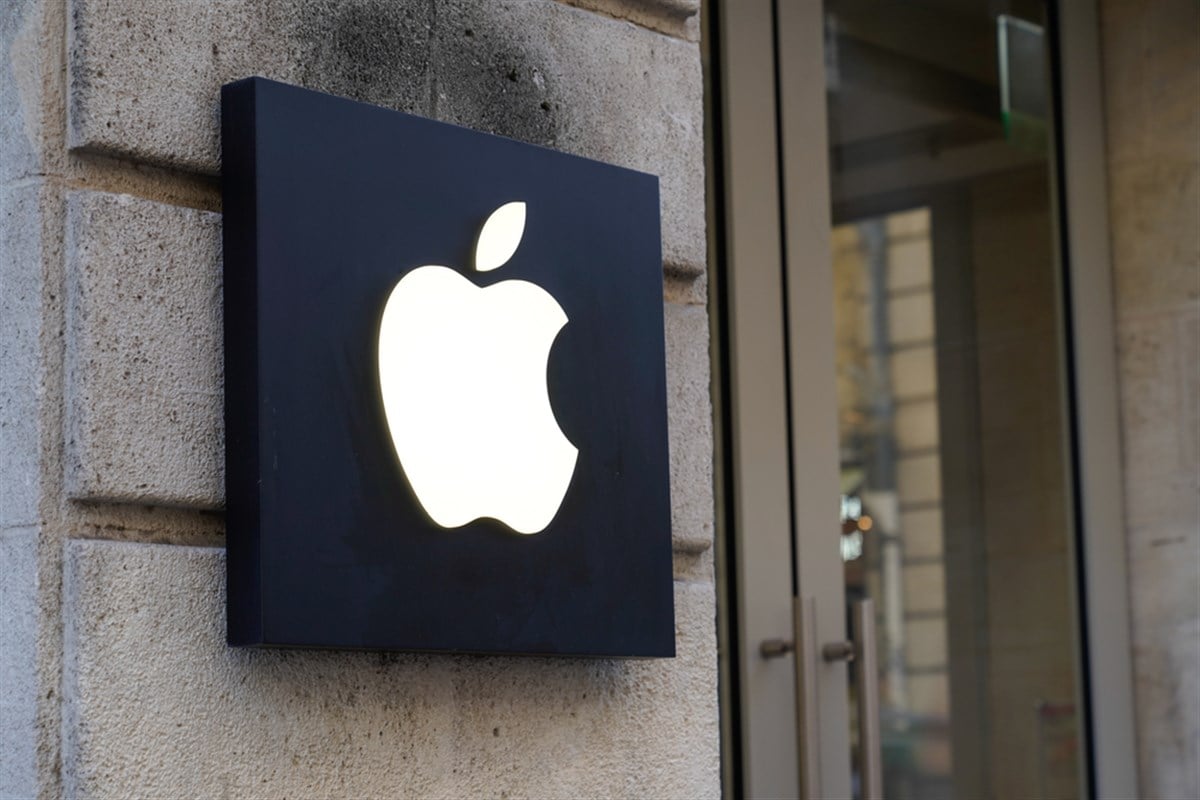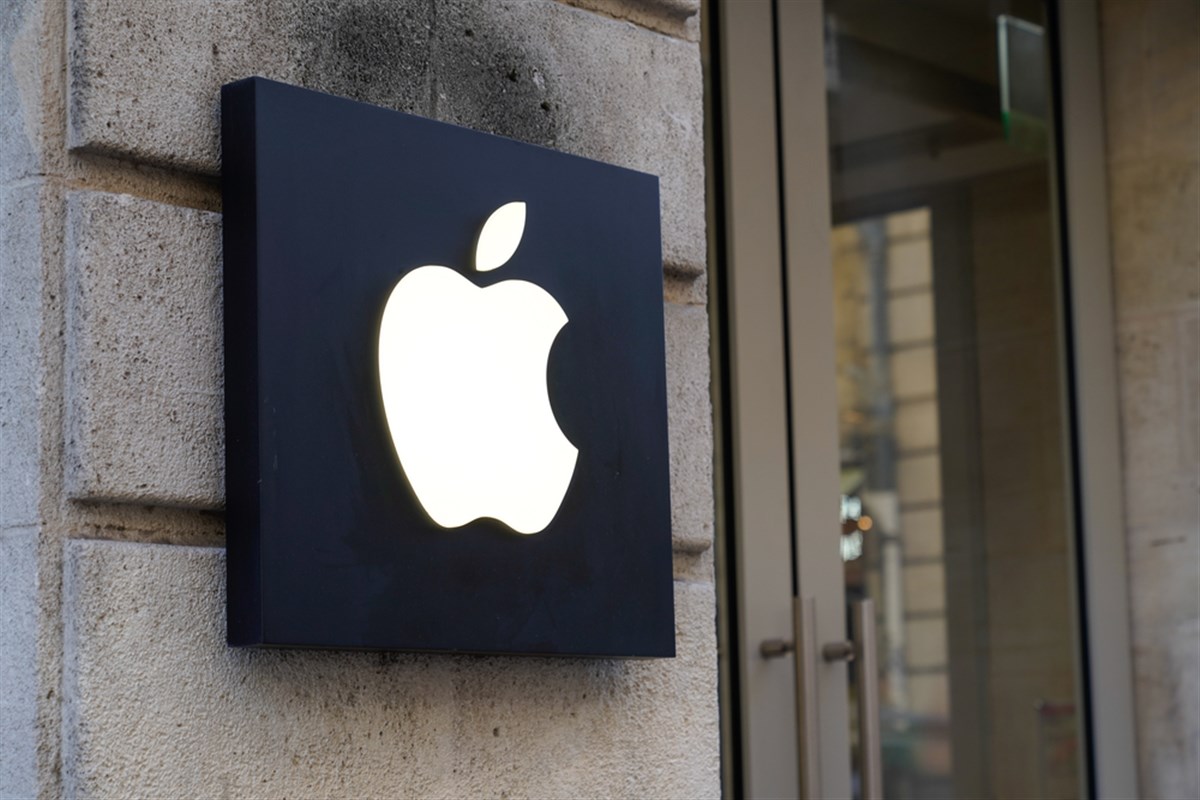

Apple (NASDAQ: AAPL), the tech sector behemoth responsible for sleek iPhones and loyal legions of fans, made headlines in 2023 with a 49% stock price surge. Yet, this seemingly triumphant headline masks a more complex story. While outperforming the broader market, Apple lagged behind its mega-cap tech peers, raising questions about its future trajectory. Let’s dissect the reasons behind this contrasting performance and explore what lies ahead for the tech titan in 2024.
A who’s who of tech
Beyond the iconic fruit logo, Apple is a global powerhouse known for its diverse hardware ecosystem, including iPhones, iPads, Macs, and Apple Watches. It also boasts a thriving services segment encompassing music streaming, app subscriptions, and cloud storage. With over $3 trillion in market capitalization, Apple is the world’s most valuable company, holding immense influence in the tech landscape.
The contrasting tale of two performances
While Apple’s stock price enjoyed a celebratory climb, Apple’s revenue took a nosedive for four consecutive quarters. This decline created a 2.8% decrease in year-over-year sales from 2022 to 2023. The decline in revenue marks the longest such slump that Apple has faced since the dot-com era. This disconnect highlights the complexities at play. Global smartphone sales hit a decade-low, impacting the entire industry, including Apple. However, the company also faced its own set of challenges.
One of the biggest challenges was the increasing competition in the smartphone market. Apple had long been the dominant player in the market, but its competitors were starting to catch up. Samsung, in particular, was making significant gains in market share. Apple also faced competition from new entrants to the market, such as Huawei and Xiaomi (OTCMKTS: XIACF).
A further challenge was the changing preferences of consumers. They were increasingly looking for smartphones with more affordable prices and longer battery life. Apple’s iPhones are perceived as being too expensive and having a shorter battery life than their peers.
Finally, Apple was also facing challenges related to its supply chain. The company had difficulty sourcing the components it needed to make its iPhones. This was partly due to the ongoing trade war between the United States and China.
In spite of these obstacles, Apple retained its solid brand recognition and customer devotion. The corporation also continued to invest in new products and services, like the Apple Watch and the Apple TV. As a result, Apple’s stock price continued to increase, even as its revenue decreased, leading some analysts to question: “Is Apple’s stock overvalued?”
Apple-specific hiccups
No new iPads graced the shelves in 2023, a first in the tablet’s history. This lack of exciting hardware dampened enthusiasm and sales. Macs also took a hit, with PC and laptop sales plummeting nearly 30%. These missteps, coupled with a sluggish iPhone performance, contributed to the revenue decline.
Apple’s legal woes took a bite out of its holiday cheer this year with a patent dispute over its blood oxygen monitoring technology in the Apple Watch. Masimo (NASDAQ: MASI), a medical device maker, claimed Apple infringed on its patents with the light sensors used in the Series 9 and Ultra 2 models. This resulted in a temporary US import ban, halting sales days before Christmas.
While a recent court ruling has allowed Apple to resume selling the watches, the lawsuit remains a thorn in the company’s side. The potential financial impact of a lost case or licensing fees could be significant, and the reputational damage from a medical technology infringement claim can be hard to shake.
Additionally, the uncertainty surrounding the case could dampen consumer confidence and impact future sales of the affected watch models. Apple has a strong history of defending its intellectual property. However, this lawsuit casts a shadow over its latest smartwatches and adds another layer of complexity to its already competitive landscape.
Recurring revenues vs. New frontiers
The rapid growth of Apple’s services division, which includes everything from Apple Music to cloud storage, has become a critical lifeline amid declining hardware sales. This strategic shift toward recurring revenue provides stability and predictability. Some analysts believe Apple’s stock may be becoming more of a value stock and less of a growth stock due to the absence of new technology from their research departments. Will the company be able to successfully balance leveraging current revenue streams with pursuing high-growth avenues, or will it ultimately have to choose one path?
The road ahead: Rekindling the fire
Apple’s 2024 success rests on a two-pronged approach. Firstly, it needs to reignite hardware sales. This could involve exciting new product launches, strategic partnerships, or even revisiting popular lines like the iPad. Secondly, Apple must continue nurturing its thriving services segment, capitalizing on its loyal user base and expanding its offerings.
Apple’s 2023 can be described as a tale of two halves. One half was the skyrocketing stock price, while the other half was the declining revenue. While challenges remain, the company’s future holds both promise and peril. Whether Apple regains its crown as the undisputed tech leader depends on its ability to innovate across multiple fronts, leverage its strengths, and navigate the evolving tech landscape. For savvy investors and tech enthusiasts alike, Apple remains a story worth watching closely in 2024 and beyond.






